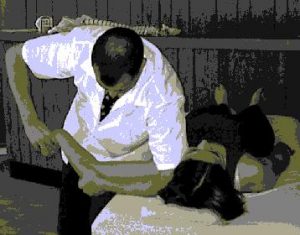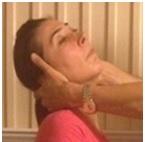For identifying neural sensitivity, I have been using and teaching upper limb neurodynamic tests (ULNT) for many years now; but are the tests reliable and valid for diagnosing cervical radiculopathy?
In this study, the clinical validity of the ULNT was evaluated on patients already diagnosed as having cervical radiculopathy. The diagnosis was provided by a neurosurgeon and confirmed by correlating finding on their MRIs. However, the PTs doing the ULNT were blinded to the diagnosis.

The ULNT used in this study included testing the median, radial and the ulnar nerves.
Finding #1: If none of the ULNT tests are positive, cervical radiculopathy is unlikely.
Finding #2: If all 3 of the ULNT are positive, it may be indicative of cervical radiculopathy, but those 3 tests are not enough. Cervical radiculopathy is more likely with the presence of myotomal & dermatomal signs and greater pain in the arm than the neck.
The Spurling test is also one of my favourite tests with good specificity for diagnosing cervical radiculopathy. This is where peripheral pain is reproduced in the cervical extension quadrant position.

Interestingly, if a patient walks in with their hand in their front pocket for pain relief, may also be a sign of radiculopathy.

